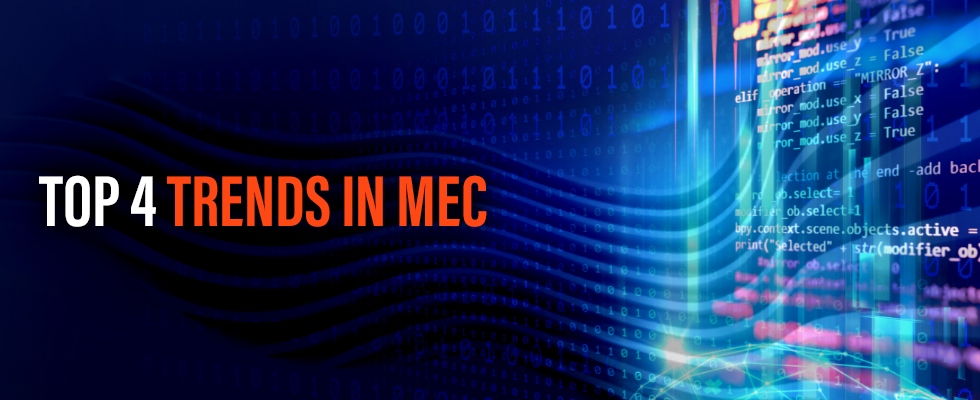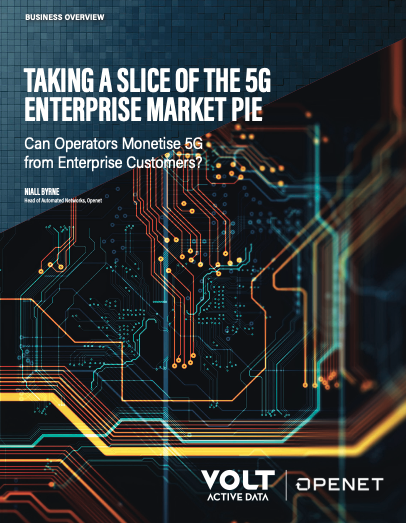Over the last few years, the market for multi-access edge computing (MEC) has changed considerably.
In 2020, just 7% of communications service providers (CSPs) had deployed MEC solutions commercially, according to a new report from TM Forum. Fast-forward to today, and more and more CSPs are investing in the edge—and even prioritizing such investments above 5G networks due to the myriad monetization opportunities the edge promises.
While the edge is still relatively nascent, CSPs increasingly realize they need to leverage MEC to unlock the full promise of 5G networks and position themselves to win in the future. With that in mind, let’s take a look at four of the top trends impacting MEC today.
Table Of Contents
1. CSPs are pumping more and more money into MEC
According to the above-referenced TM Forum report, 29% of CSPs weren’t planning to pursue an MEC strategy in 2020, and 14% weren’t even evaluating the opportunity. Yet due to the massive growth the space has seen over the last few years, those CSPs are now almost certainly changing their tune.
According to Juniper Research, the global MEC market is expected to bring in $8.8 billion this year. By 2027, that number is projected to balloon to $22.7 billion due to investments in on-prem machine learning solutions and 5G-powered, low-latency connectivity.
In order to tap into this market with explosive growth, CSPs are rightfully rethinking their strategies and investing more and more cash into MEC opportunities instead of relying on a centralized cloud model.
2. The hyperscaler battle has moved to the edge
Due to their economies of scale, endless resources, and head-start in the data center landscape, the main hyperscalers—Microsoft, Google, and Amazon Web Services (AWS)—have shifted their attention to the edge and private networks.
As more and more enterprises migrate to the cloud, hyperscalers are poised to win more business. Increasingly, they see the edge as the next frontier and are investing resources in edge computing solutions accordingly.
Already, the hyperscalers offer edge-related products and services—including AWS Wavelength, Azure Edge Zones, and Google Distributed Cloud Edge—and it’s all but certain that more and more solutions will emerge as we move further into the future.
3. The mobile private networks space is heating up
Broadly speaking, MEC use cases can be divided into two categories: public and private.
Since it remains to be seen how many applications on public 5G networks will really need single-millisecond latency, CSPs are funneling more money into private MEC networks because they believe it will be easier to monetize private 5G edge offerings.
By offering 5G edge applications with high performance, improved security, and increased reliability across private networks, CSPs can tap into a number of potential use cases, specifically at factories, mines, warehouses, and ports.
4. Most CSPs are working with hyperscalers at the edge
While CSPs could certainly build their own data centers and cloud infrastructure, the majority are choosing to join forces with established hyperscalers to leverage their footprints instead. As a result, they’re able to bring products to market faster, and they gain access to robust developer communities and cutting-edge technologies, like machine learning and artificial intelligence.
That said, not every CSP is choosing to put all their proverbial eggs in one basket and lean on hyperscalers too much. To this end, some CSPs are choosing to avoid working with hyperscalers altogether and instead partner with mobile edge software providers.
To learn more about the state of MEC and what CSP operators are doing to unlock new revenue streams at the edge, download the new report from TM Forum, MEC: Operators at the Edge, and check out this on-demand webinar.



